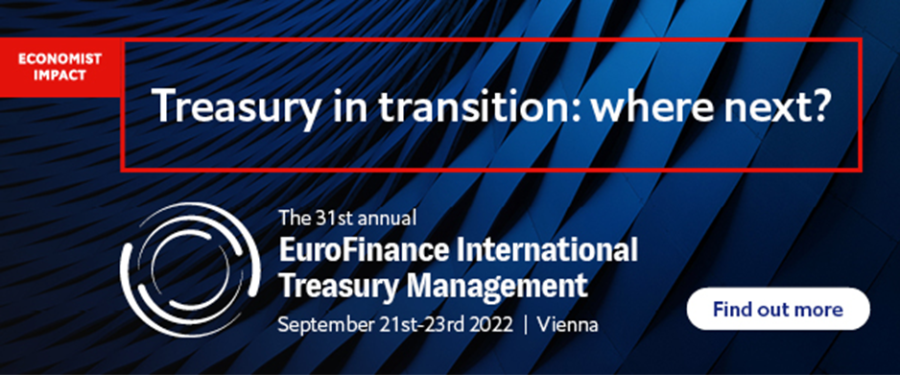Treasury Policies & Processes for Crypto Transactions
02-02-2023 | treasuryXL | ComplexCountries | LinkedIn |
This call took place five days after FTX filed for bankruptcy. However our discussion did not dwell on crypto as an investment (We haven’t found a treasurer who would). The interest for treasurers is to help their companies understand the business opportunities of the metaverse, and that isn’t going away.

According to Gartner,’ [https://www.gartner.com/en/articles/what-is-a-metaverse] by 2026, 25% of people will spend at least one hour per day in a metaverse for work, shopping, education, social media and/or entertainment’, and…’A metaverse is not device-independent, nor owned by a single vendor. It is an independent virtual economy, enabled by digital currencies and non-fungible tokens (NFTs).’
So it’s no surprise that many companies are developing strategies to capitalise on what could be a massive business opportunity. Participants in this call comprised treasurers representing companies at different stages of this journey, all facing the challenge that the regulatory and financial infrastructure available is at an early stage of evolution.
- About half of the participants are still investigating the use of crypto and exploring how it works in case it does evolve within their businesses, but still not necessarily wanting to accept crypto or handle crypto within treasury operations.
- Risk management to enable safe use in Corporate Treasury remains paramount and it isn’t easy.
- We are seeing continued evolution around the NFT space and using crypto for settlement. But it continues to be quite limited.
- Accounting requirements for how crypto currencies are handled are still not clear and not necessarily sustainable for the future. Regulations are going to evolve.
- It is fascinating to hear, for the first time, crypto working capital is being used to match crypto receivables to payables in certain types of crypto currencies, e.g. Ether.
- In the last 12 months companies have started to buy land in the metaverse in order to understand how it works as a marketing tool.
- Selecting crypto currency platforms is challenging and KYC with some is a (reassuringly) painful experience. The providers discussed in this report include: Etherium, Coinbase, Mt Pelerin, Bit Panda and Anchorage.
- For the most part, banks are watching the space and have yet to come up with solutions for corporates and CBDCs are at an early stage, but one thing we can be sure of is that there is a lot more to come on this topic.
Crypto has clearly not gone away for corporate treasurers and I’m certain we’ll see further uses going forward. There is a huge amount of detail in this report, which is essential reading for any treasurer wishing to understand the challenges or benchmark their processes.
















